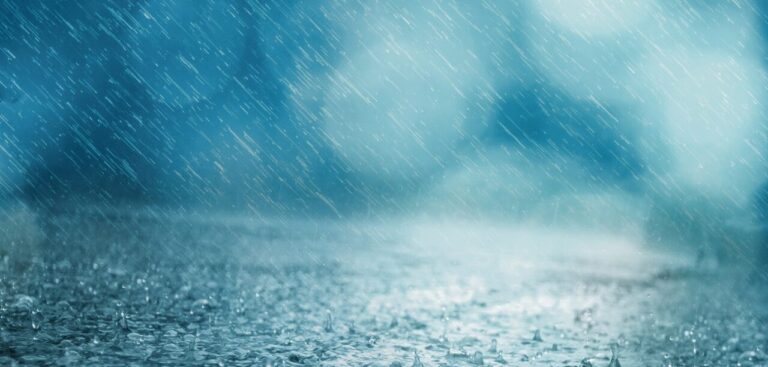Weather intelligence provider Tomorrow.io has released a new Unified Precipitation (UP) system that leverages satellite data and machine learning to provide real-time and nowcast (zero to six hours) global precipitation information with greater accuracy.
The system will provide users with 48-61% better precipitation intensity accuracy and, depending on the region, a 39-49% improvement in precipitation detection compared with similar publicly available satellite-based products, such as the Global Hydro-Estimator, based on direct comparison with radar data from NASA/JAXA’s Global Precipitation Measurement satellite.
The accuracy of accumulated precipitation is on par with or better than microwave-based products with two to four-hour latency such as CMORPH/IMERG, based on comparisons with the NOAA Multi-Radar, Multi-Sensor precipitation analysis over the continental US.
Joe Munchak, principal atmospheric data scientist at Tomorrow.io, said, “We are ingesting data from five geostationary satellites, including GOES-16/18, Himawari-9 and METEOSAT-9/10, to produce a global product with less than 15-minute latency. In addition to traditional inputs, it leverages multi-channel satellite data and applies machine learning to relate cloud patterns and structure to the underlying precipitation. What is now a multi-sensor precipitation product renders benefits to users in regions both with and without radar coverage.”
With significantly more precipitation being accurately detected, particularly outside of radar coverage, users will benefit from more realistic short-range precipitation forecasts as Tomorrow.io can provide users with high-impact weather event precipitation accuracy from zero to six hours to better predict rapidly evolving storms that traditional models miss. The company also plans to continue to grow the amount of surface-based radar data along with the data coming from its satellite radar and sounder constellation infused with the Unified Precipitation solution to provide the most complete precipitation data mapping on a global scale.
For more on rainfall, please click here.



